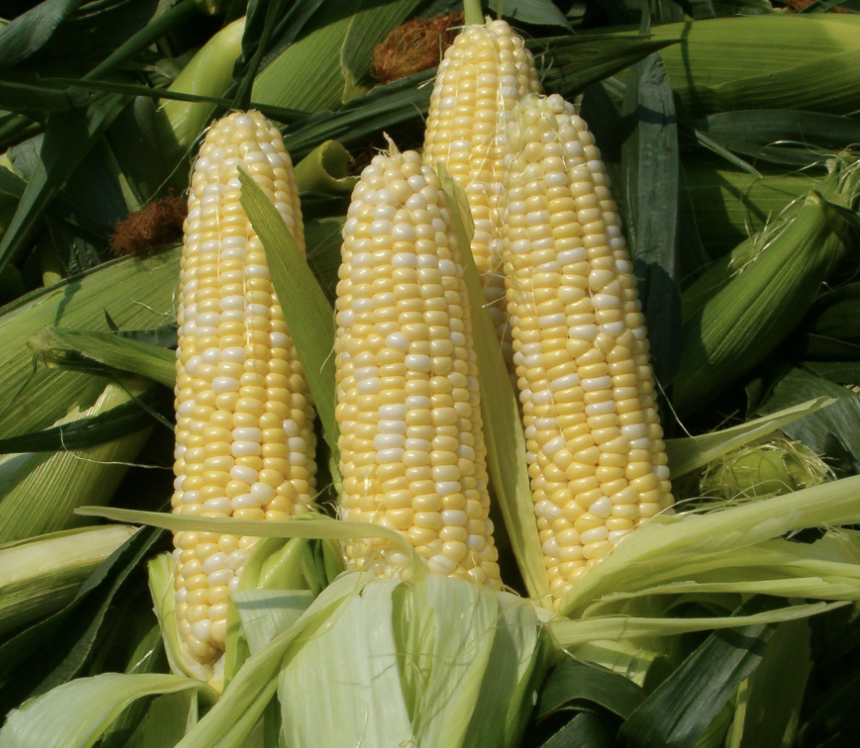Picking out a good corn on the cob involves assessing its freshness and quality. Here are my best tips to help you choose the best corn:
- Look at the Husks: The husks should be vibrant green, tightly wrapped, and free from any browning or dry patches. Avoid corn with brown or yellowing husks.
- Feel the Husks: Gently squeeze the husks. You should be able to feel plump kernels underneath. If the husks feel thin and the kernels are uneven, the corn might be overripe or dry.
- Check the Silk: Part the husks slightly at the top to see the silk (the fine threads that cover the kernels). The silk should be golden-brown and slightly sticky. If it’s dry or dark, the corn might be past its prime.
- Inspect the Kernels: If you can, peel back a small section of the husk to see the kernels. They should be tightly packed, plump, and evenly spaced. Avoid corn with missing or unevenly developed kernels.
- Avoid Blemishes: Look for corn without obvious blemishes, mold, or discoloration on the husks or kernels.
- Feel the Tip: Gently press the tip of the ear of corn. It should feel rounded and slightly moist. A dried-out or shrunken tip can indicate older corn.
- Size Matters: While larger ears might seem appealing, they are not necessarily better. Look for well-proportioned ears with kernels that extend to the tip.
- Freshness: Fresher corn will have a sweet, slightly grassy scent. If the corn has a sour or fermented smell, it’s likely not fresh.
- Avoid Corn with Gaps: Feel along the length of the corn to ensure there are no gaps between the kernels. Large gaps can indicate poor pollination and less developed kernels.
- Choose In-Season: Corn is at its best during its peak season, which is usually in the summer months. In-season corn is more likely to be fresh, flavorful, and of high quality.
- Check the Tassel: The tassel is the exposed part of the silk at the top. It should be slightly sticky to the touch and a golden-brown color. If it’s dry or blackened, the corn might be past its prime.
Remember that freshness is key, and it’s best to buy corn on the day you plan to use it. If you can, buy corn from local farmers’ markets or produce stands, as they often offer the freshest and most flavorful options.

+ show Comments
- Hide Comments
add a comment